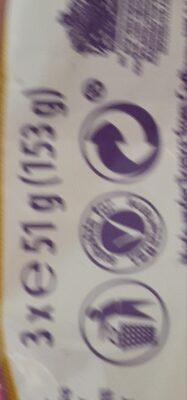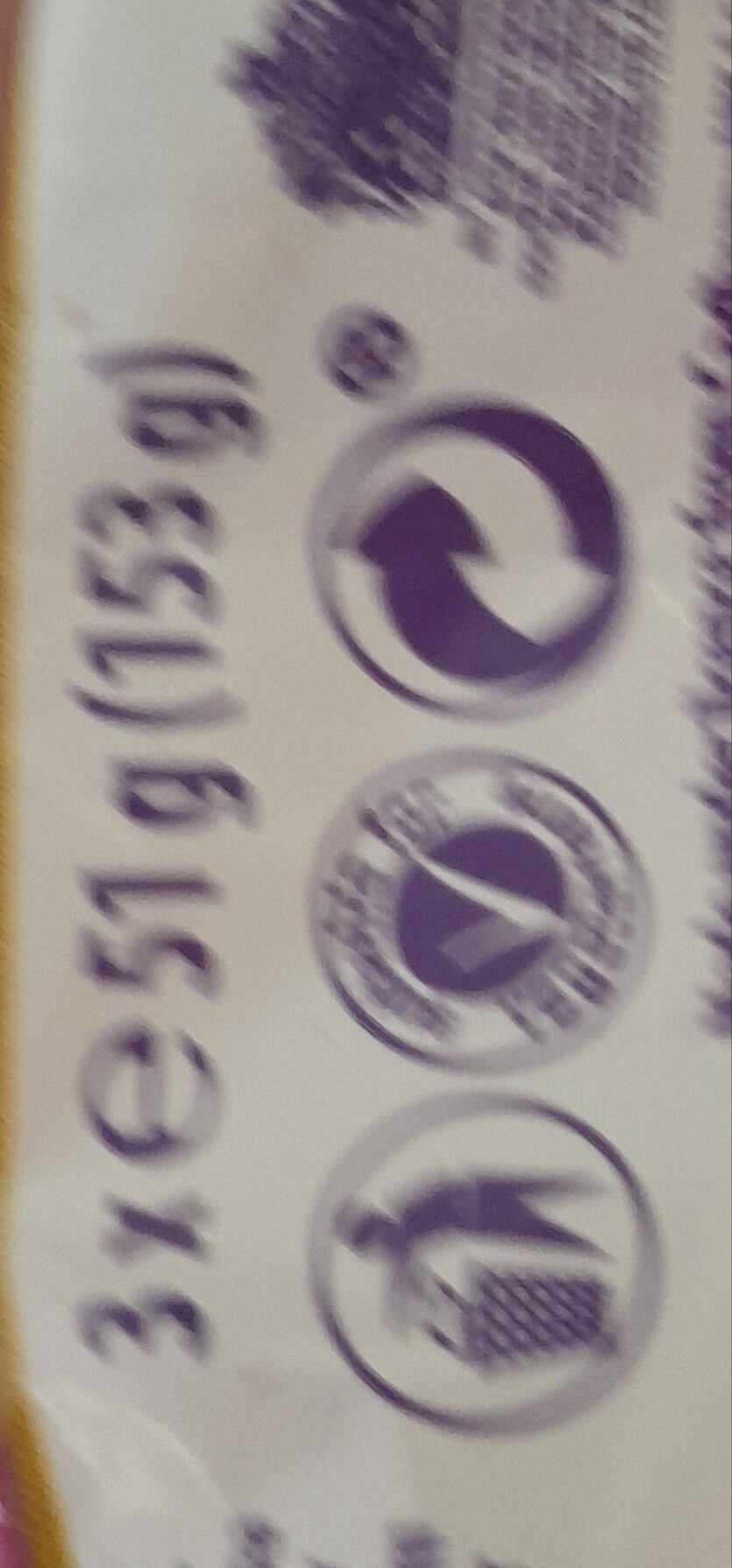Turkish Delight - Fry's
This product page is not complete. You can help to complete it by editing it and adding more data from the photos we have, or by taking more photos using the app for Android or iPhone/iPad. Thank you!
×
Barcode: 50201105
Packaging: Wrapper, Mixed plastic-wrapper
Brands: Fry's
Categories: Snacks, Sweet snacks, Confectioneries
Labels, certifications, awards:
Green Dot, Pure cocoa butter
Countries where sold: France, United States
Matching with your preferences
Report a problem
Data sources
Product added on by kiliweb
Last edit of product page on by spotter.
Product page also edited by autorotate-bot, inf, openfoodfacts-contributors, org-database-usda, packbot, swipe-studio, tacite-mass-editor, tomhunt95, waistline-app, yuka.BpkTNvSWBfIII93f3d4E3jOrNL7cJtV2JnFQow, yuka.WmFVdkxJSXJsdjRGc2ZjczVUYmVvZW9vNkk2WFdGeXZEY3M2SUE9PQ.
If the data is incomplete or incorrect, you can complete or correct it by editing this page.












